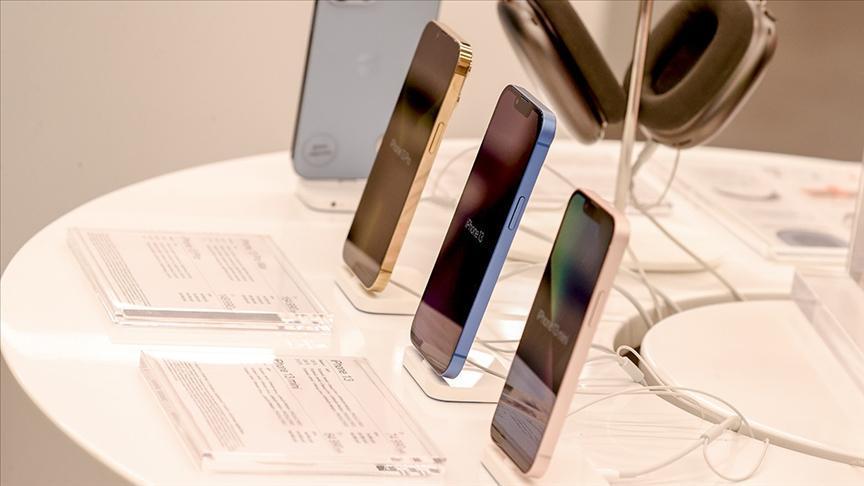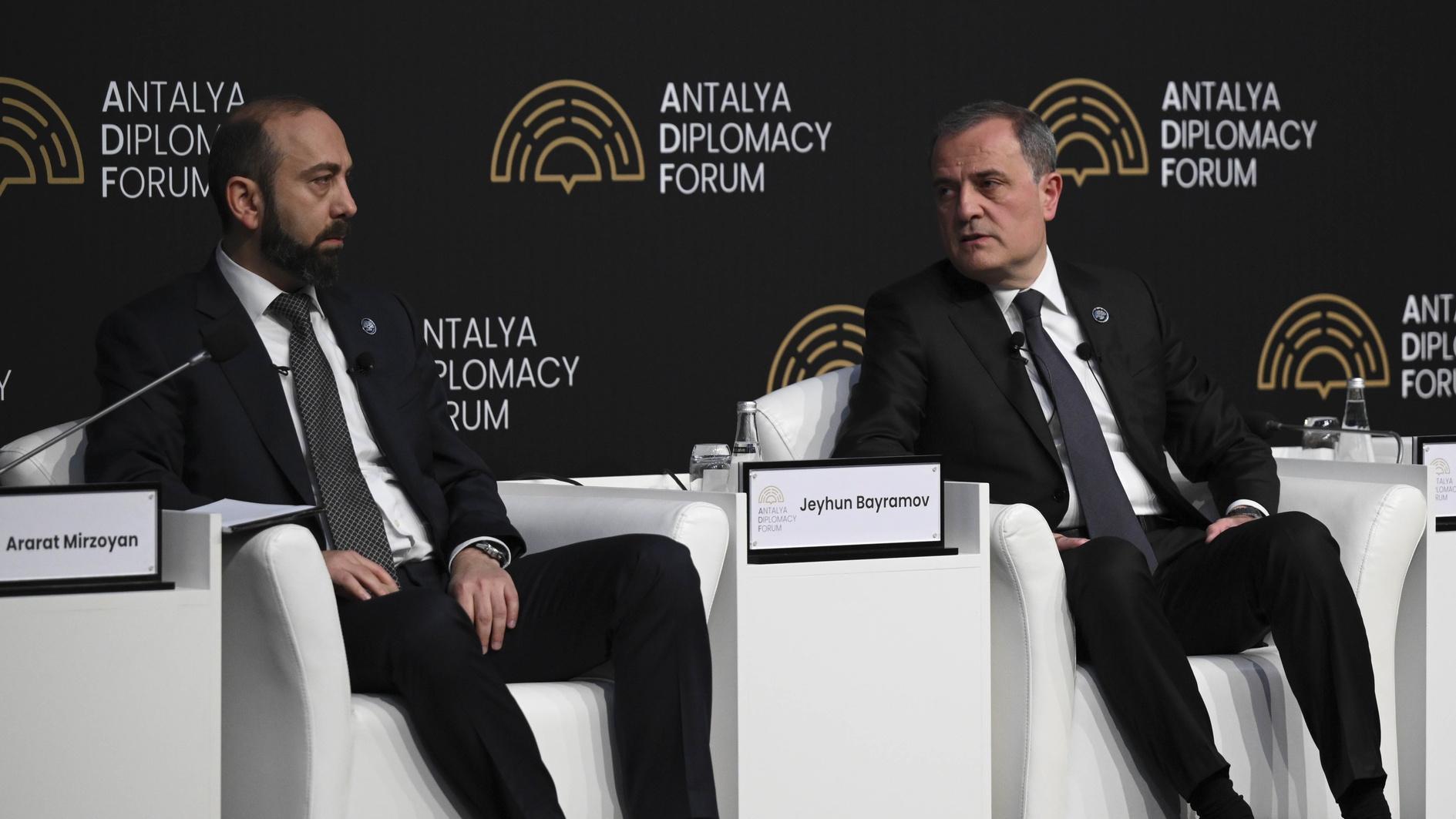Museums in Turkey, ministry fight back against forged artifacts
Ömer Erbil - ISTANBUL

The bogus artifacts are produced to be smuggled abroad and swindlers use unbelievable methods to make them to look authentic. People don’t know these sculptures are imitations and pay millions of Turkish Liras for them.
Forged historical artifacts are now among the most common ways to defraud people, particularly tourists, as counterfeiters go to great lengths to give an old, antiquated look to sculptures which are produced to sell to tourists for inflated sums. The Culture and Tourism Ministry has seized hundreds of fake artifacts over the last five months. Some of these sculptures were on display in museums, while others had been seized by the police. Often people don’t know these sculptures are imitations and pay millions of Turkish Liras for them. Generally, the bogus artifacts are produced to be smuggled abroad and swindlers use unbelievable methods to make them to look authentic. For example, seized marble sculptures will often have limbs deliberately broke off, such as a nose or an arm. Metal sculptures are buried underground to increase the effect of corrosion. Sometimes they are punctured with holes in a way to make them look very old. If buyers are not experts, they are easily cheated and pay millions of liras. There are also many phony gold, bronze and silver sculptures. The counterfeiters, who use every kind of copied figures to deceive buyers, especially choose foreigners as their targets. They are active in touristic places such as southern Antalya province and Aegean İzmir province, producing works such as terracotta, coins or medallions that can be easily carried.
The Culture and Tourism Ministry has seized hundreds of fake artifacts over the last five months. Some of these sculptures were on display in museums, while others had been seized by the police. Often people don’t know these sculptures are imitations and pay millions of Turkish Liras for them. Generally, the bogus artifacts are produced to be smuggled abroad and swindlers use unbelievable methods to make them to look authentic. For example, seized marble sculptures will often have limbs deliberately broke off, such as a nose or an arm. Metal sculptures are buried underground to increase the effect of corrosion. Sometimes they are punctured with holes in a way to make them look very old. If buyers are not experts, they are easily cheated and pay millions of liras. There are also many phony gold, bronze and silver sculptures. The counterfeiters, who use every kind of copied figures to deceive buyers, especially choose foreigners as their targets. They are active in touristic places such as southern Antalya province and Aegean İzmir province, producing works such as terracotta, coins or medallions that can be easily carried. Detailed analysis is made
The General Directorate of Cultural Heritage and Museums has been putting great effort since 2010 into the struggle against counterfeiters. The ministry eliminates fake artifacts in museums by forming commissions. It also inspects the authenticity of artifacts seized by security officers. The commission makes a report on suspicious artifacts and if there is suspicion in the report, a new commission is formed with experts from other museums. If there is still suspicion in the decision of this commission, university academics come together and form yet another commission to determine an artifact’s legitimacy.
The original is in the Louvre

Aging with classical methods

Hair from the classical era, yet Roman eyes

















